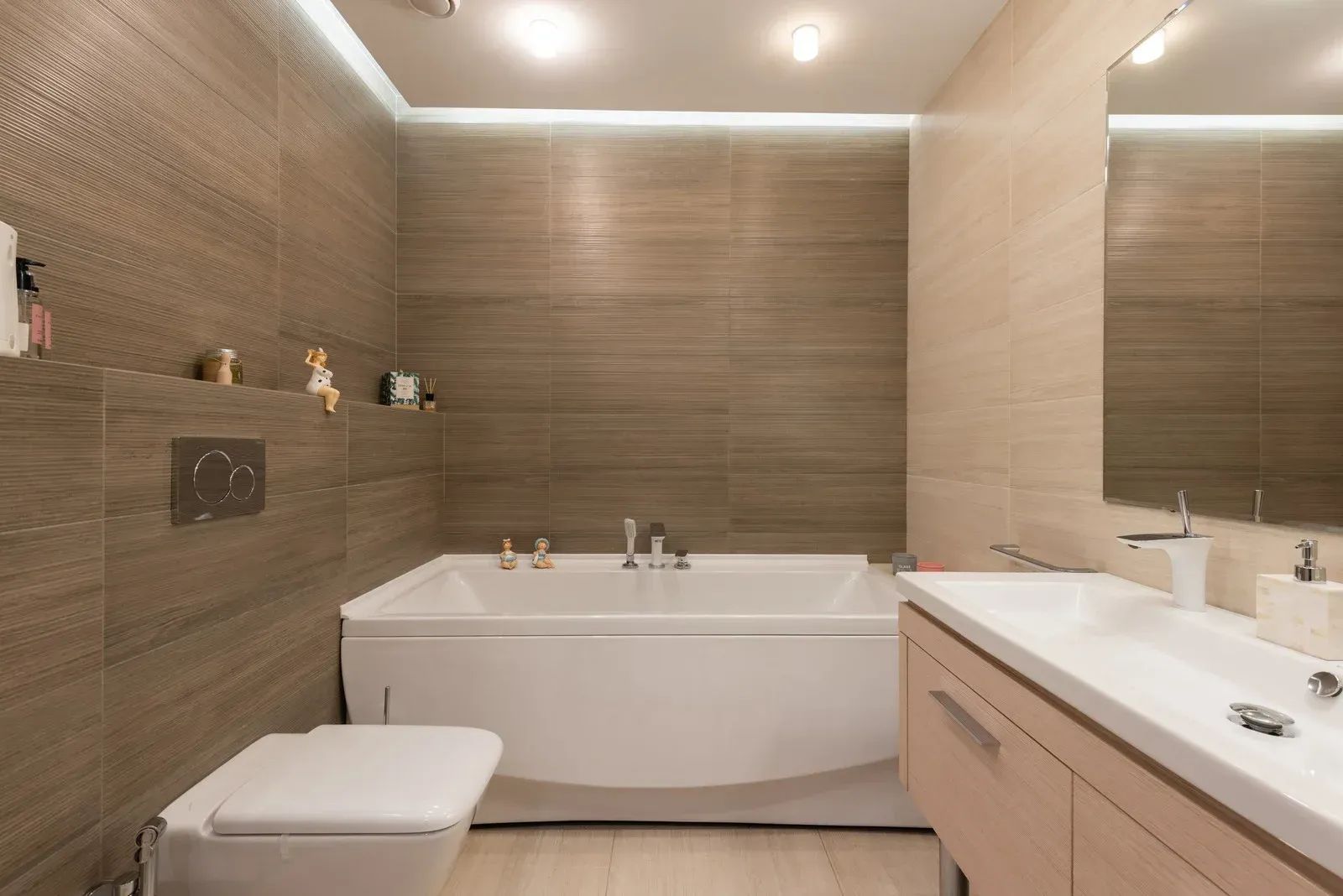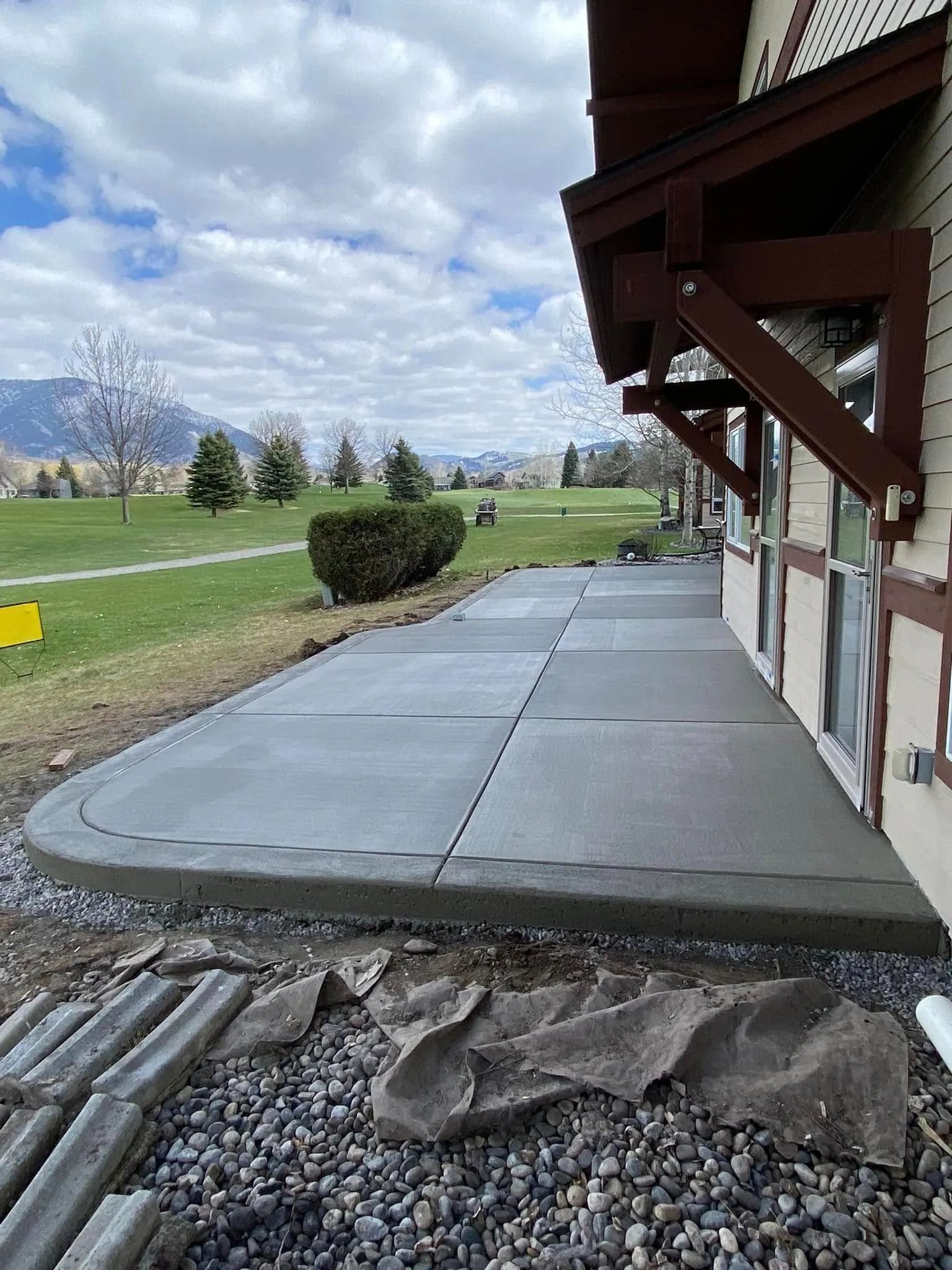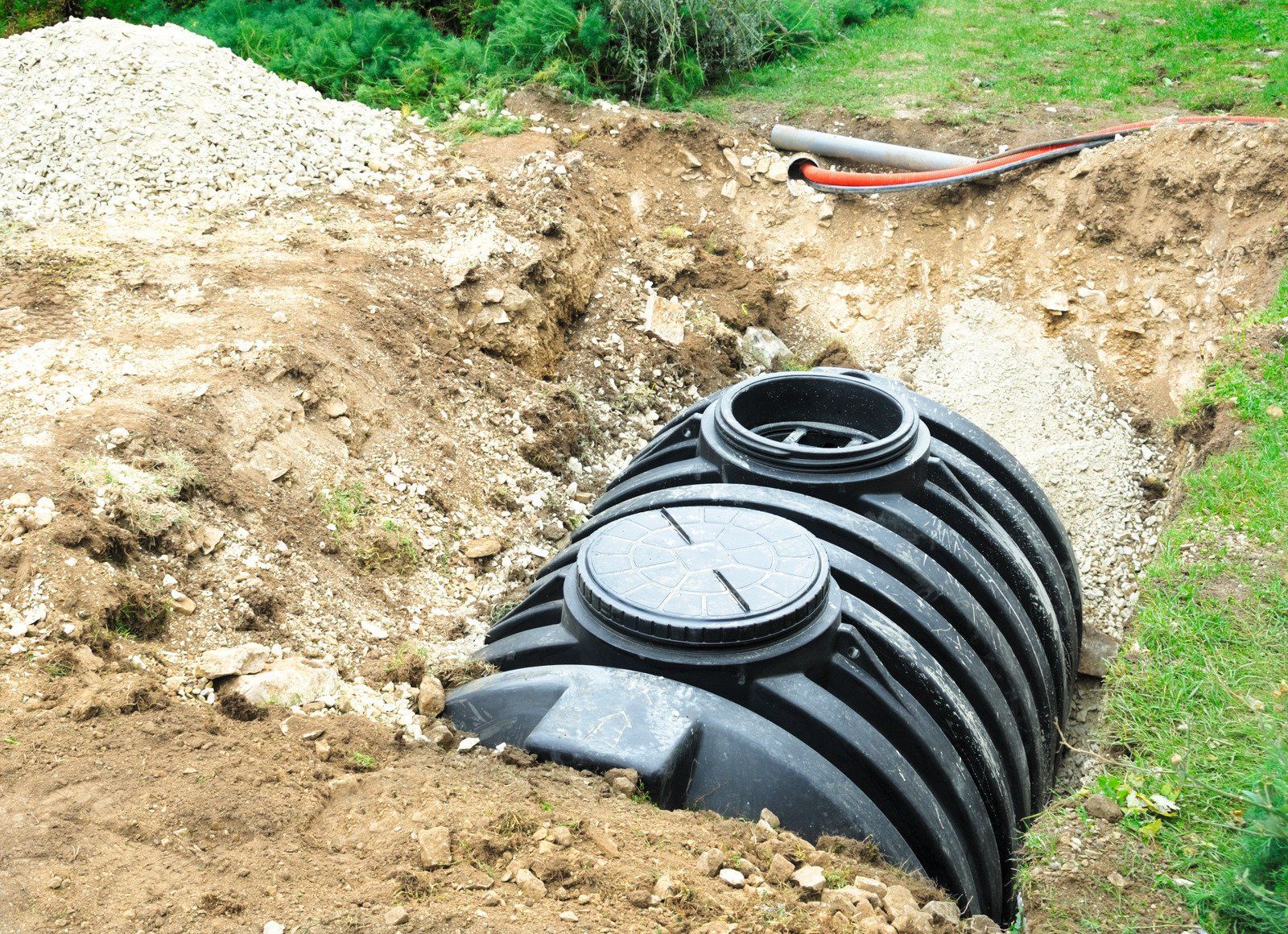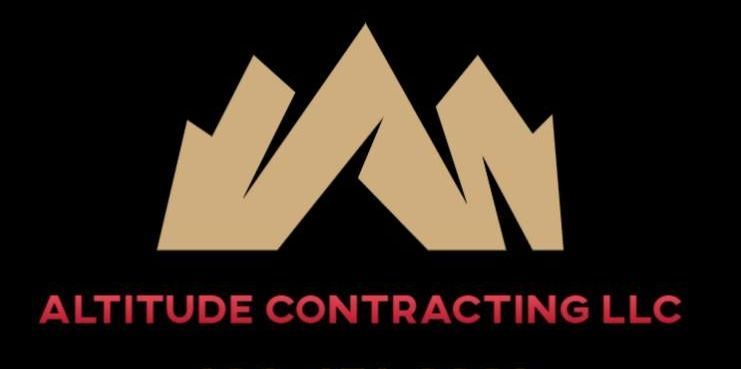Septic System Installation: Key Factors That Affect the Longevity and Functionality
September 10, 2025
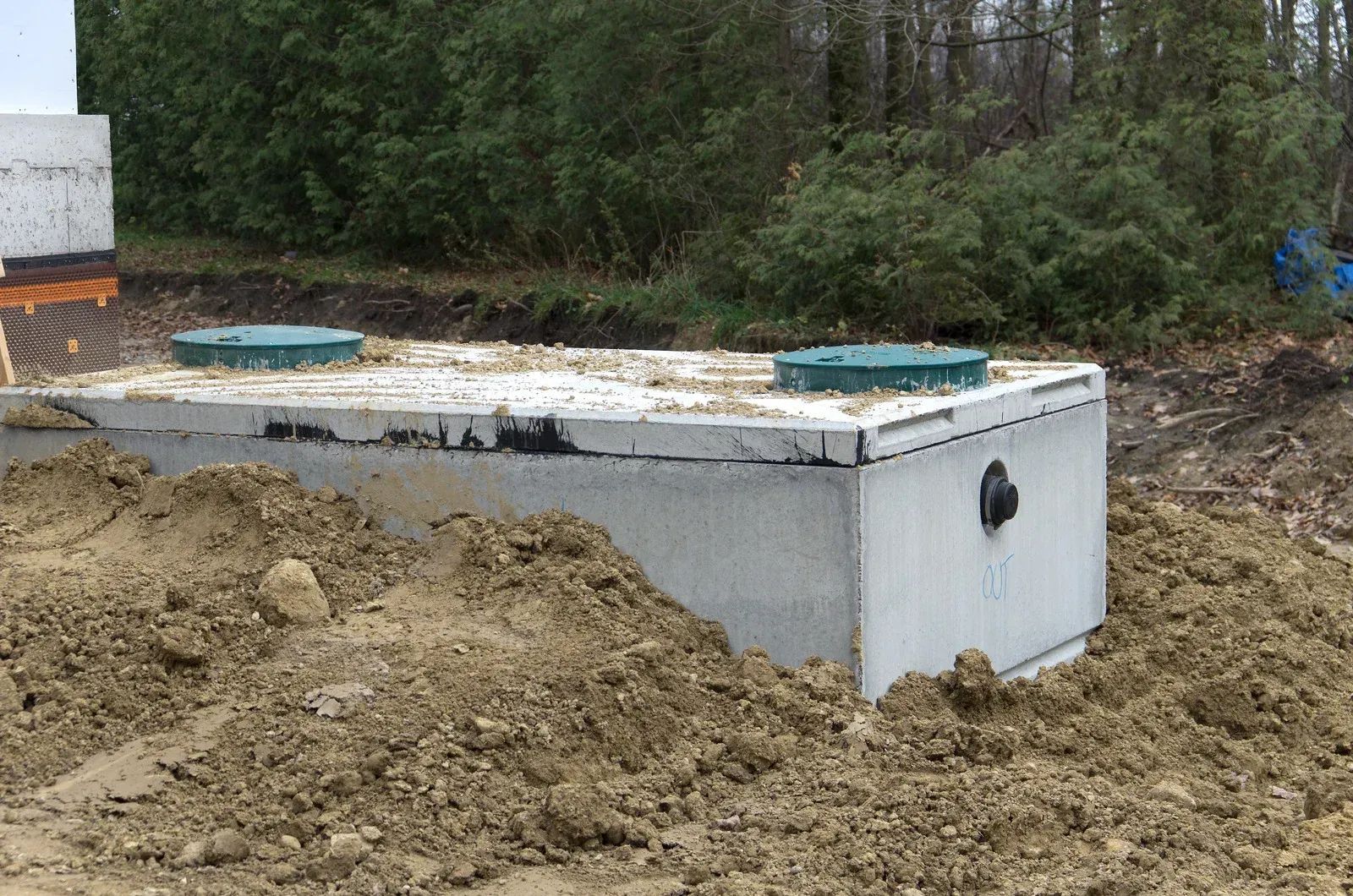
When it comes to managing household waste in rural or off-grid properties, a properly installed septic system is not just essential—it’s a long-term investment. Septic systems are designed to efficiently treat wastewater, but their performance heavily depends on several key factors during installation. Whether you're building a new home or replacing an old system, it's important to understand what contributes to a system’s durability and function. Choosing the right materials, following local regulations, and hiring experienced professionals can make all the difference.
1. Soil Conditions and Site Evaluation
The type of soil on your property plays a significant role in how well your septic system functions. Sandy or loamy soils typically drain well, making them ideal for septic drain fields. In contrast, heavy clay or poorly draining soils may require advanced treatment systems or alternative drain field designs. A professional site evaluation—including percolation tests—is essential before installation to ensure the system is compatible with the land.
2. Proper System Sizing
An undersized septic system will quickly become overwhelmed, leading to backups, odors, and expensive repairs. System size should be based on the number of bedrooms in the home, expected water usage, and local building codes. Oversizing isn’t just safer—it allows room for seasonal fluctuations and future household expansion.
3. High-Quality Materials and Components
The longevity of a septic system also depends on the quality of the materials used. Components such as the tank, piping, and distribution box must be built to resist corrosion and withstand long-term use. Choosing durable, industry-approved materials helps prevent early failure and reduces maintenance costs.
4. Expert Installation Practices
Even the best components can fail if not installed correctly. Experienced contractors ensure that all elements are aligned properly, slopes are accurate for gravity-fed systems, and that connections are watertight. Professional installers also follow local regulations and obtain all necessary permits, avoiding future legal and environmental complications.
5. Drain Field Design and Placement
The drain field is where wastewater is naturally filtered by the soil. Poorly designed or improperly located drain fields can lead to pooling, foul smells, or contamination of groundwater. Key factors like distance from wells, slope of the land, and vegetative cover must be considered during design. Proper placement not only enhances function but significantly extends the system’s lifespan.
6. Regular Maintenance Planning
Although not part of the installation itself, planning for ongoing maintenance is crucial. Systems need regular pumping, inspections, and filter cleaning. A well-maintained system can last 25 to 30 years or more, while neglected systems often fail in under a decade.
Your Trusted Septic System Experts in Bozeman, Montana
For a septic system that stands the test of time, trust the professionals at Altitude Contracting. With 25
years of experience in the Bozeman, Montana region, our team brings expert knowledge, dependable workmanship, and a commitment to quality in every installation. We evaluate your property carefully, ensure full compliance with local codes, and use only high-grade materials to deliver systems that perform efficiently for decades. Choose Altitude Contracting
for septic system installations you can rely on—today and for years to come.
